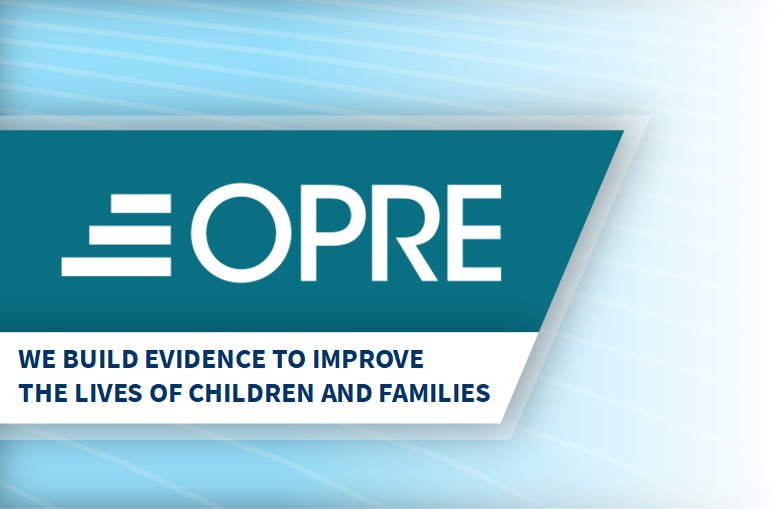September 2022
OPRE Report 2022-255
Authors:
Emily Putnam-Hornstein, University of North Carolina at Chapel Hill, Children’s Data Network; Eunhye Ahn, Washington University in St. Louis, Children’s Data Network; and Rhema Vaithianathan, Auckland University of Technology, Children’s Data Network Jared Parrish and Robyn Husa, Alaska Division of Public Health Matthew Walton and James P. Perry, Kentucky Office of Data Analytics; Claire Smither Wulsin, M.C. Bradley, and Beth Varley, Mathematica
I. Introduction
Accurate and ongoing public health surveillance of the incidence of child maltreatment and related risk
and protective factors can help programs and policymakers as they work to shape prevention and
intervention efforts. One approach to capturing this information is to link local, state, and/or federal
administrative records, such as those from child welfare, health, social services, education, public safety,
and other agencies. The Child Abuse Prevention and Treatment Act (CAPTA) requires the examination of
a variety of topics related to the incidence of child abuse and neglect with the aim of better protecting
children from maltreatment and improving the well-being of maltreatment victims. The Child
Maltreatment Incidence Data Linkages (CMI Data Linkages) project consists of two components that
explore how innovative administrative data linkages can improve our understanding of the prevalence of
child maltreatment and identify related risk and protective factors. The first component was a study to
assess the feasibility of using linked administrative data to improve understanding of child maltreatment
and related risk and protective factors. The feasibility study identified promising practices and contextual
and organizational factors that may promote the use of linked administrative data. This brief describes the Cross Jurisdiction Model Replication (CJMR) project, the second component of the CMI Data Linkages
project.

